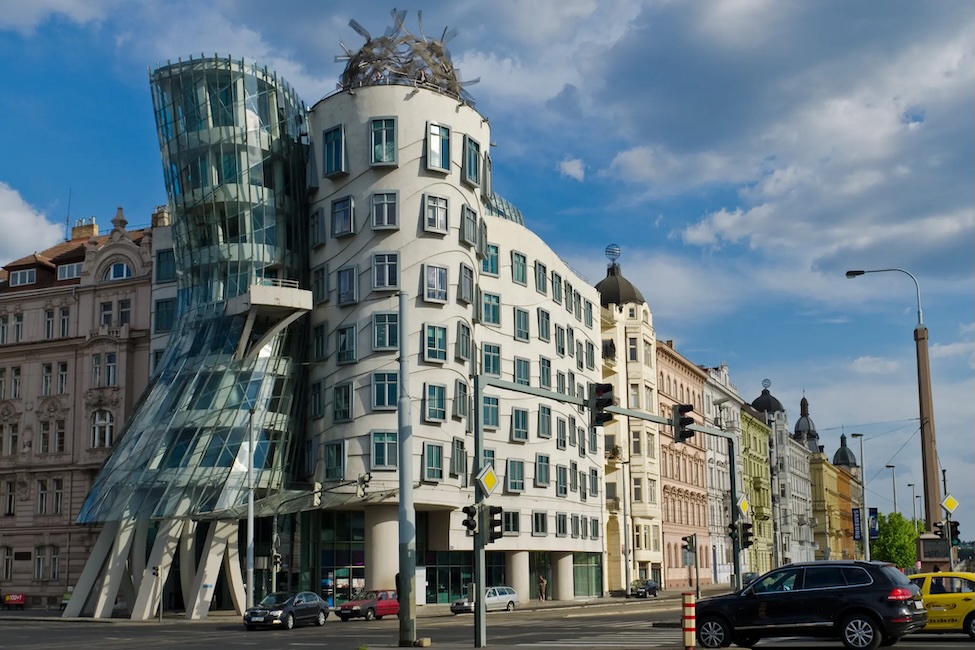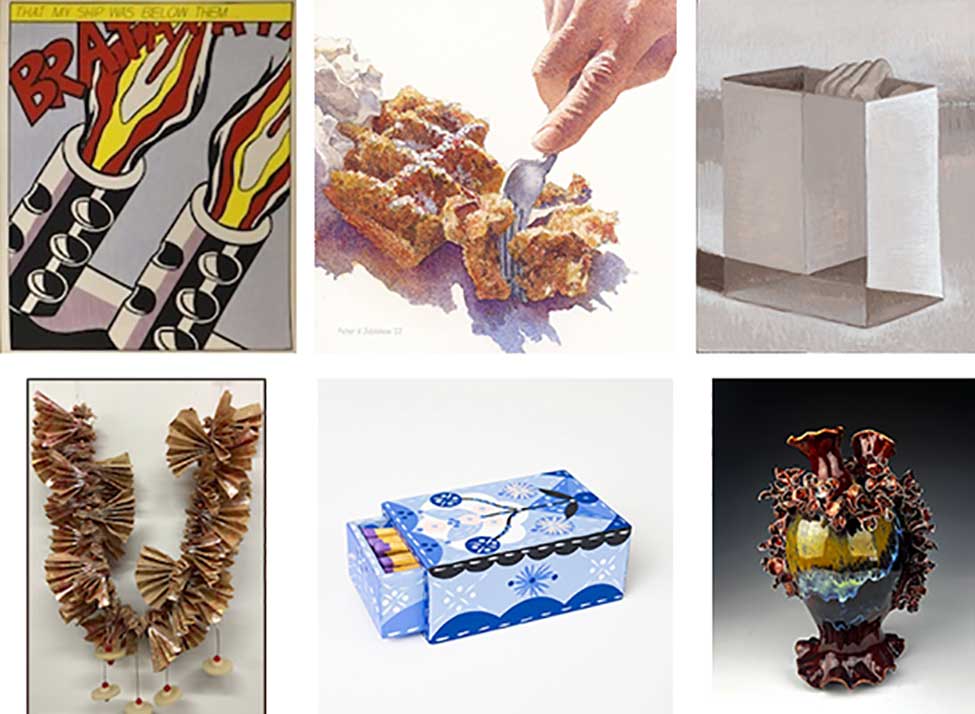Three Shows Give Artistic Perspective on the Lasting Damage of Violence

BY GINNY VAN ALYEA
Violence in Chicago, and beyond, adds up to a lot more than inspiration for campaign promises and content for the nightly news. It claims lives, unravels neighborhoods and families, crushes the dreams and stokes the fears of far too many people throughout our city and communities. Several city galleries and artists are trying to help those of us on the outside of most of these daily tragedies to comprehend their devastating depth as well as to start to pay more attention and be a part of the solution, whether by lending support through resources, iniatives or simply compassion. By looking at these issues from a personal perspective, whether it's gathering statements from affected youths or depicting the faces of prisoners, several artists are making the abstract more personal and real.
The Chicago Angels Project, The Forgotten: Chicago Youth Lost to Gun Violence (2011/13)
As part of The Chicago Angels Project at Josef Glimer Gallery, almost a hundred faces look out from the gallery walls - faces of young people whose lives were ended far too soon. ThinkArt in partnership with The Arts Palette and Josef Glimer Gallery presented Uplift Community High School student artists’ series of mosaic linoleum relief prints representing the spirits of deceased youths. The linocuts are displayed next to art by Chicago artists, at once elevating these images to the level of art while maintaining the colorful, art-class sensibility typical of young children still learning new conceptual and artistic skills. Behind the attractive display in the gallery is the sadness, grief and horror of living day after day with loss and fear, but there is also a collective effort to memorialize and remember.

On February 12 the show opened recently to a packed crowd of art world and civic figures alongside area high school students and family members affected by the loss of relatives, friends and neighbors. The brightly colored linoleum block prints are by former and current students of Laura Mullkoff, an art teacher in Uptown’s Uplift Community High School. Each image memorializes a minor lost to gun violence from 2011-2013. Other victims of gun violence may have escaped with their lives, but their lives and physical or emotional capabilities may have been forever altered.
The show's organizers hope that through art, lives will be remembered and that violence prevention becomes a priority for Chicago’s policy-makers.
Participating local artists include Susan Aurinko, Iwona Biedermann, David Gista, Doug Fogelson, Jean-Marc Giboux, Chris Hefner, Layne Jackson, Teresa James, Marvin Tate and Lee Tracy.
A portion of all sales will be donated to the following non-profit organizations: Alternative Schools Network, CeaseFire, and the Illinois Council Against Handgun Violence.
On view through February 28 at Josef Glimer Gallery
Additional information at chicagoangelsproject.org
Victims & Villains at the New Kruger Gallery
Kruger Gallery, a gallery run by Mikelle Kruger, re-opened this past January on Southport in Lakeview (it was formerly in River North). The gallery is committed to showcasing a range of art dealing with issues of social justice, and the first solo exhibition in the space features work by Chicago-based Heather Green. I stopped into the gallery a couple of weeks ago to see the show and to meet Mikelle and Heather. In a short time I learned a great deal about the many issues concerning the justice system in the United States. Green's passion for justice issues is what she considers a sort of activist calling. After copious reading as well as viewing documentaries and other studies about subjects like the penal system in the US, solitary confinement, and recidivism rates, she attempts to unearth individual examples of the spectrum of human nature in our society. She looks at the people who have committed crimes as well as the system that she credits with compounding their already tenuous psyches and ultimately the broken state of their lives.

Green sees her work "as a means to share ideas with an audience that can facilitate change on a larger scale than I am personally able. At times, I feel like a conduit through which ideas and imagery can be filtered. While looking at disturbing things and teasing out their thought-provoking beauty can be spiritually difficult, I feel the higher purpose of the work requires me to grow a thicker skin."
The exhibition is divided into two sections. On one wall of the gallery are several large scale, painted portraits - of Marissa Alexander, George Zimmerman, and others. There is no identifying text or other clues. Green painted the portraits from publicly available mug shots and blew them up in order to maximize the impact and engagement for the viewer. One cannot help but meet each villian's gaze, depicted here as ultimately sad, troubled, lost.

The other part of the exhibition, #yesallwomen, deals with the 2012 Steubenville rape case and the fervent social media response that went along with it. Here Green works scrutinizes rape culture and the subsequent conviction of Trent Mays and Ma’lik Richmond in 2013. Green makes the case that much of the outrage, criticism and judgement during the trial was conducted more or less anonymously via social media. Responses were fervent and prevasive, perhaps because of the cover allowed by social media. Here Green's works on paper flutter in delicate layers, with cutout words lifted from case-related hashtags and online statements.
Victims & Villians by Heather Green at Kruger Gallery through February 28.
Try Youth as Youth at David Weinberg PHOTOGRAPHY
David Weinberg Photography's Try Youth as Youth is the second exhibition at the gallery devoted to social justice. The first, We All We Got, brought together several area politicians and youth advocacy groups and spotlighted photographer Carlos Ortiz's experiences embedded in a south side community struggling to live with day-to-day violence in Chicago. For this latest exhibition the ACLU of Illinois and David Weinberg Photography examine the juvenile justice system in America through an exhibit of photography, sculpture and video installation aiming to shed light on the lives of incarcerated youth. Try Youth As Youth features works by four artists with a shared dedication to institutional reform of the systems that far too often dehumanize young people and fail to provide them with constitutionally adequate conditions and services.
• Tirtza Even's video Natural Life, a two-channel projection installation, challenges inequities in the juvenile justice system by depicting the stories of five individuals who were sentenced to life without parole (“natural life”) for crimes they committed as youth. Even makes the case that it is not just the offender who is affected for life - families must deal with the reality of having a relative on the inside for life. Incarceration also doesn't close the book for victims either. Even's depiction provides a window into what life is like, day after day, in prison and what growing up in such circumstances can be like.
• Steve Davis began work on Captured Youth in 1997 after participating as a visiting artist at one of Washington State's correctional facilities - commonly referred to as "schools”. These state-run facilities are the remnants of what were reform schools located on the outskirts of town, but what goes on within the security walls is far from educational or rehabilitative. This is where the subjects of Davis' portraits restlessly reside. His images work to humanize the youth that have committed crimes or entered into the system by means of bad luck and accident of birth.

• TIME Magazine photojournalist Steve Liss spent 2 years photographing and interviewing detainees, their parents, correction officers and counselors in Laredo, Texas, eventually publishing his 2005 book No Place for Children. The youth in his black and white images suffer from drug dependencies, mental illness, depression, and violence. Liss has captured the heartbreaking realities of the youngest incarcerated children and the cruelties they face.
• Richard Ross photographed and interviewed subjects in 31 states and 200+ facilities over 8 years, in a project that has yielded 10,000+ images and 1000+ interviews. His images and interviews illustrate the fact that no two inmates or their situation in any given place are the same. Viewers must contemplate life for a young person in solitary confinement, or what it must be like to being restrained, viewing the institutional instruments that hold prisoners down, implemented by guards and employees.
Try Youth as Youth at David Weinberg Photography
Images at top of page, from left to right: by Steve Davis (at David Weinberg), by Heather Green (at Kruger), by Lee Tracy (at Josef Glimer)






